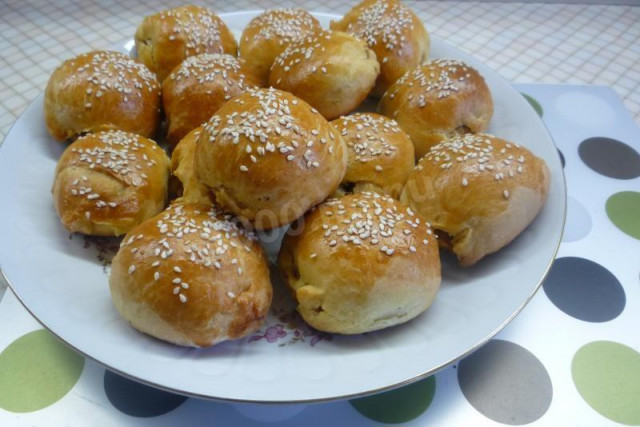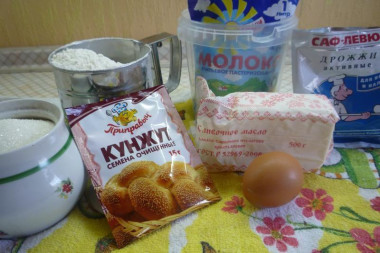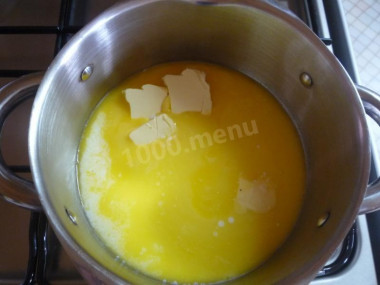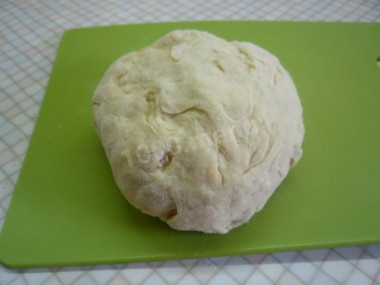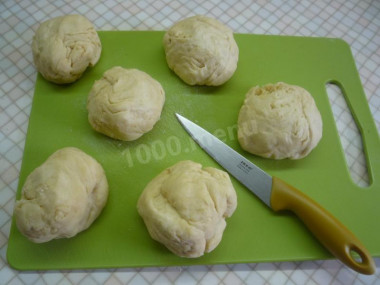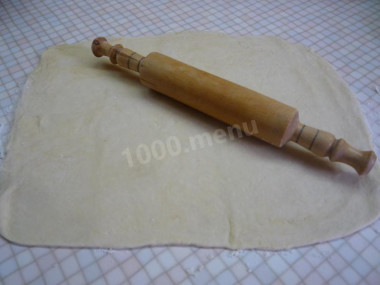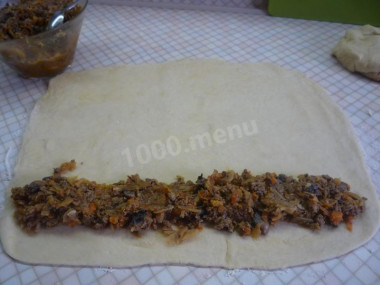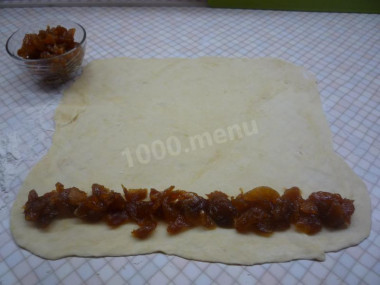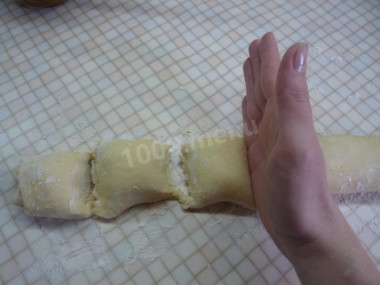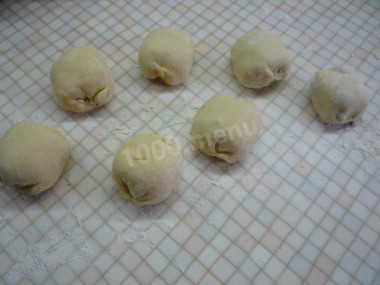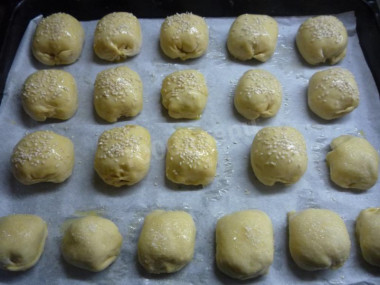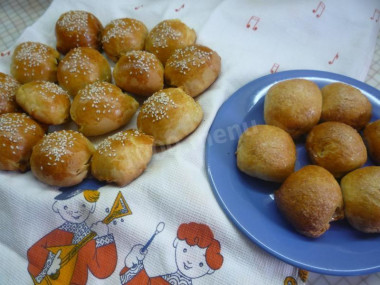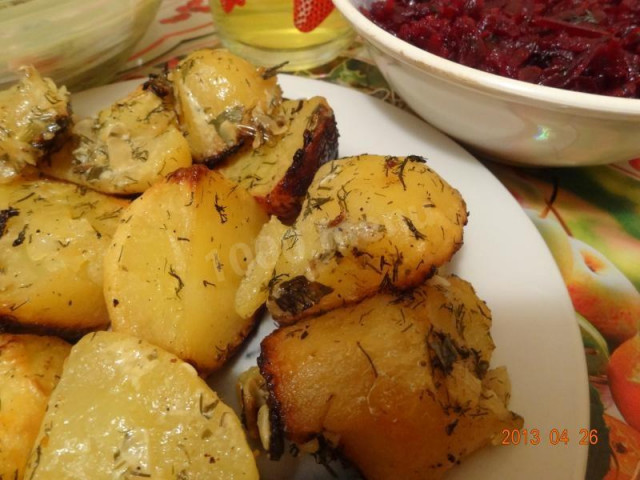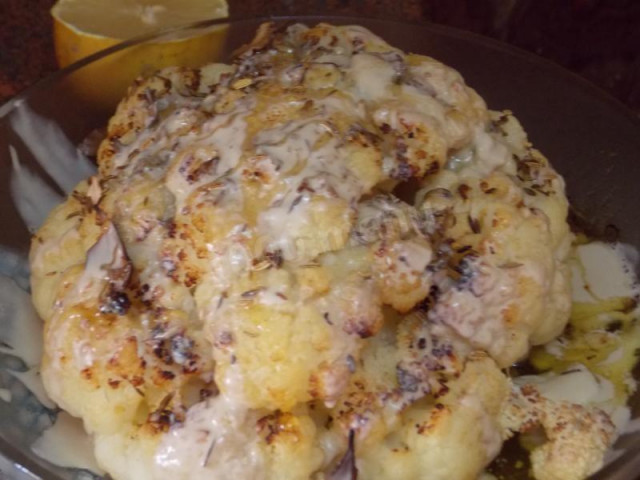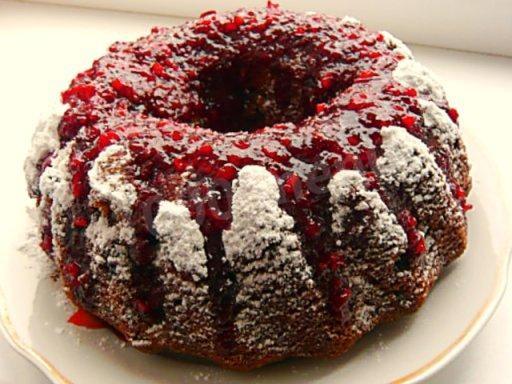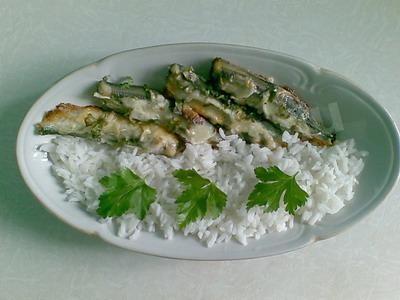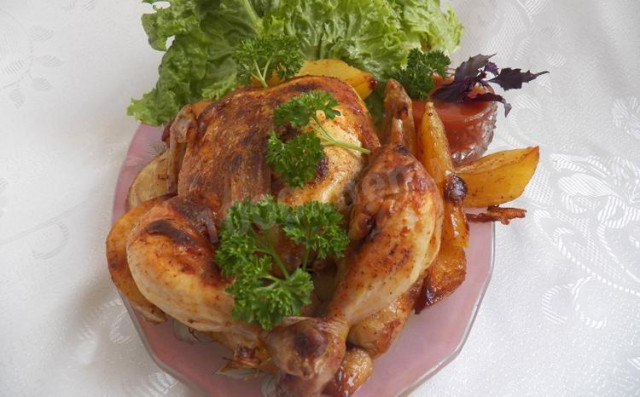Composition / ingredients
Step-by-step cooking
Step 1:
Prepare the ingredients necessary for the test. Take high-quality wheat flour of the highest grade. The taste of baking will largely depend on this.
Step 2:
Put the butter in a saucepan, put on low heat and melt. Pour in the warmed milk, stir. The milk-oil mixture should be warm 37-40 degrees. Pour sugar and dry yeast into a saucepan with milk.
Step 3:
Sift flour with salt to enrich it with oxygen. Add it to the liquid yeast mixture. Knead the dough. If necessary, reduce or increase the amount of flour, achieving the desired consistency of the dough. It should be soft, elastic, not sticky to the hands, pleasant to work with.
Step 4:
Divide the dough into 6 parts.
Step 5:
Dust the work surface and rolling pin with flour. Roll out one piece of dough into a rectangular layer about 50 by 30 cm in size.
Step 6:
Lay out the filling "sausage" along the long side. Roll into a roll, pinching the edges well.
Step 7:
You can use any sweet filling. I have thick jam here.
Step 8:
Next cutting! Dust your hand with flour and cut the roll into equal parts with the edge of your palm. Thus, 8-10 buns are obtained from one "sausage". Thanks to this separation by hand, the edges of the buns themselves stick together.
Step 9:
Tails can be pressed slightly to give a beautiful shape to our "babies". Cover the baking sheet with parchment, lay out the blanks at some distance from each other, given that they will grow up during the baking process.
Step 10:
In a small container, shake the egg with a fork. Lubricate the surface of the blanks with it using a culinary silicone brush. If you want, sprinkle the blanks with sesame seeds. Preheat the oven to 180 degrees in advance and bake the products for about 20-25 minutes until golden brown . Consider the specifics of your technique.
Step 11:
Take out the baking tray, cool it a little. Buns can be served with tea. Enjoy your meal!
Variant of unsweetened filling. Chop the white cabbage with a knife or in a food processor. Transfer to a saucepan, add salt, add fried onions and champignons. Simmer until the cabbage is soft.
When the top layer of baking is slightly browned, check it for readiness: pierce it with a wooden skewer in several places, if the skewer comes out dry, then the mold (or baking sheet) can be taken out of the oven.
The liquid in which yeast is bred should be pleasant to the touch, no higher than 40 degrees. Why is this important? In a warm environment, yeast is well activated, in a hot one it will die, and in a cold one it simply will not work. To avoid unpleasant surprises, check the yeast before mixing with the rest of the ingredients. Pour a little warm milk into a bowl, stir in the yeast. Cover the bowl with a kitchen towel and put it in a warm place without drafts for 10-15 minutes. During this time, a foam yeast cap should appear on the surface of the sponge. If this did not happen, then the fermentation process has not started (the yeast is overdue or spoiled). In this case, it is worth taking other yeast, otherwise baking will not work.
Be prepared for the fact that you may need more or less flour than indicated in the recipe. Focus not on the amount of flour, but on the desired consistency of the dough. Read a lot of useful information about flour and its properties in this article!
It is important to sift the flour to saturate it with oxygen. Then the baking will turn out to be airy and will rise well when baking.
Keep in mind that everyone's ovens are different. The temperature and cooking time may differ from those specified in the recipe. To make any baked dish successful, use useful information in this article !
So that the oven has time to heat up to the desired temperature, turn it on in advance (10-20 minutes before the start of cooking).
Calorie content of the products possible in the dish
- Green cabbage - 46 kcal/100g
- Fresh frozen green cabbage in a package - 45 kcal/100g
- Forest mushrooms - 21 kcal/100g
- Whole cow's milk - 68 kcal/100g
- Milk 3.5% fat content - 64 kcal/100g
- Milk 3.2% fat content - 60 kcal/100g
- Milk 1.5% fat content - 47 kcal/100g
- Concentrated milk 7.5% fat content - 140 kcal/100g
- Milk 2.5% fat content - 54 kcal/100g
- Pressed yeast - 109 kcal/100g
- Whole durum wheat flour fortified - 333 kcal/100g
- Whole durum wheat flour, universal - 364 kcal/100g
- Flour krupchatka - 348 kcal/100g
- Flour - 325 kcal/100g
- Granulated sugar - 398 kcal/100g
- Sugar - 398 kcal/100g
- Butter 82% - 734 kcal/100g
- Amateur unsalted butter - 709 kcal/100g
- Unsalted peasant butter - 661 kcal/100g
- Peasant salted butter - 652 kcal/100g
- Melted butter - 869 kcal/100g
- Salt - 0 kcal/100g

